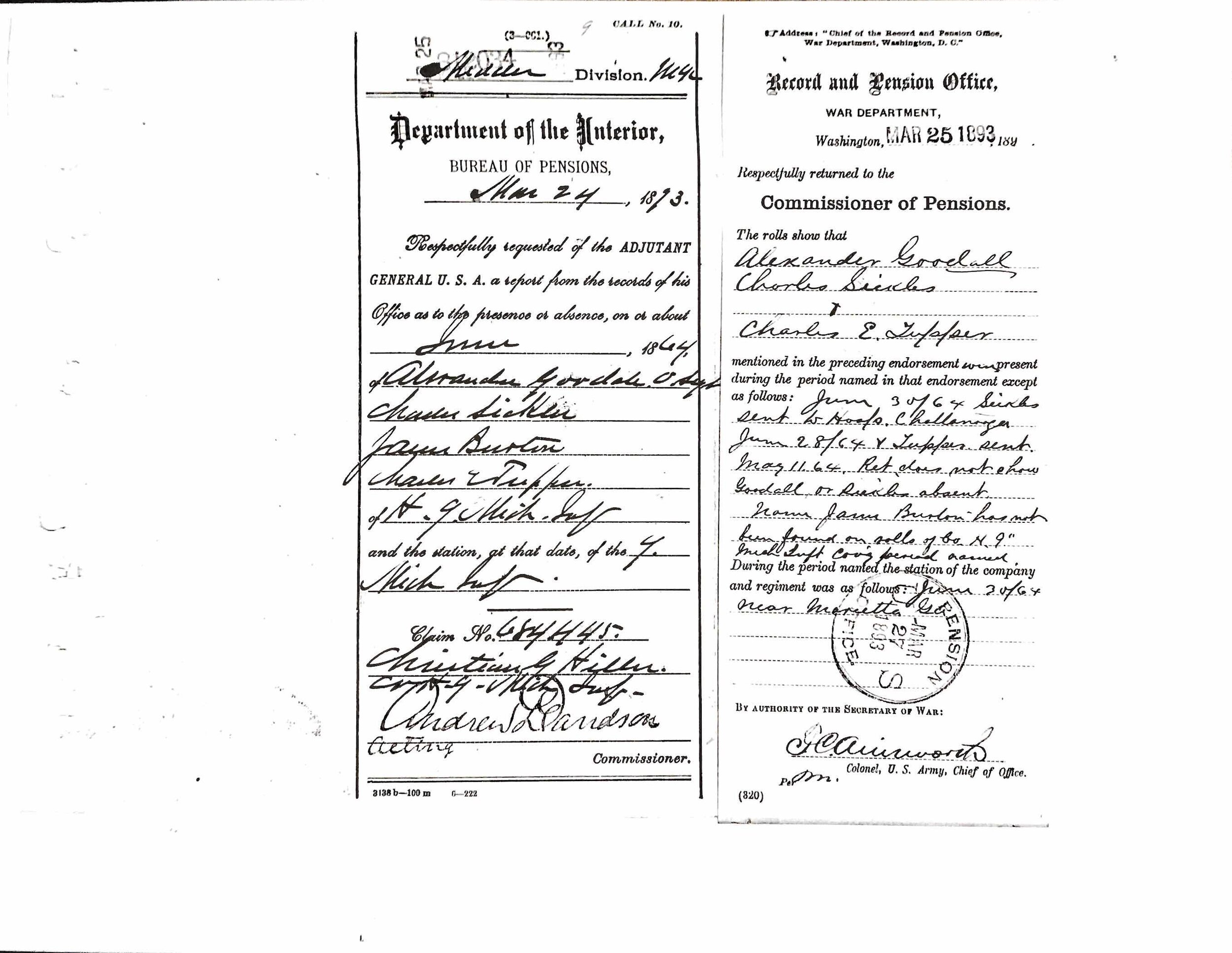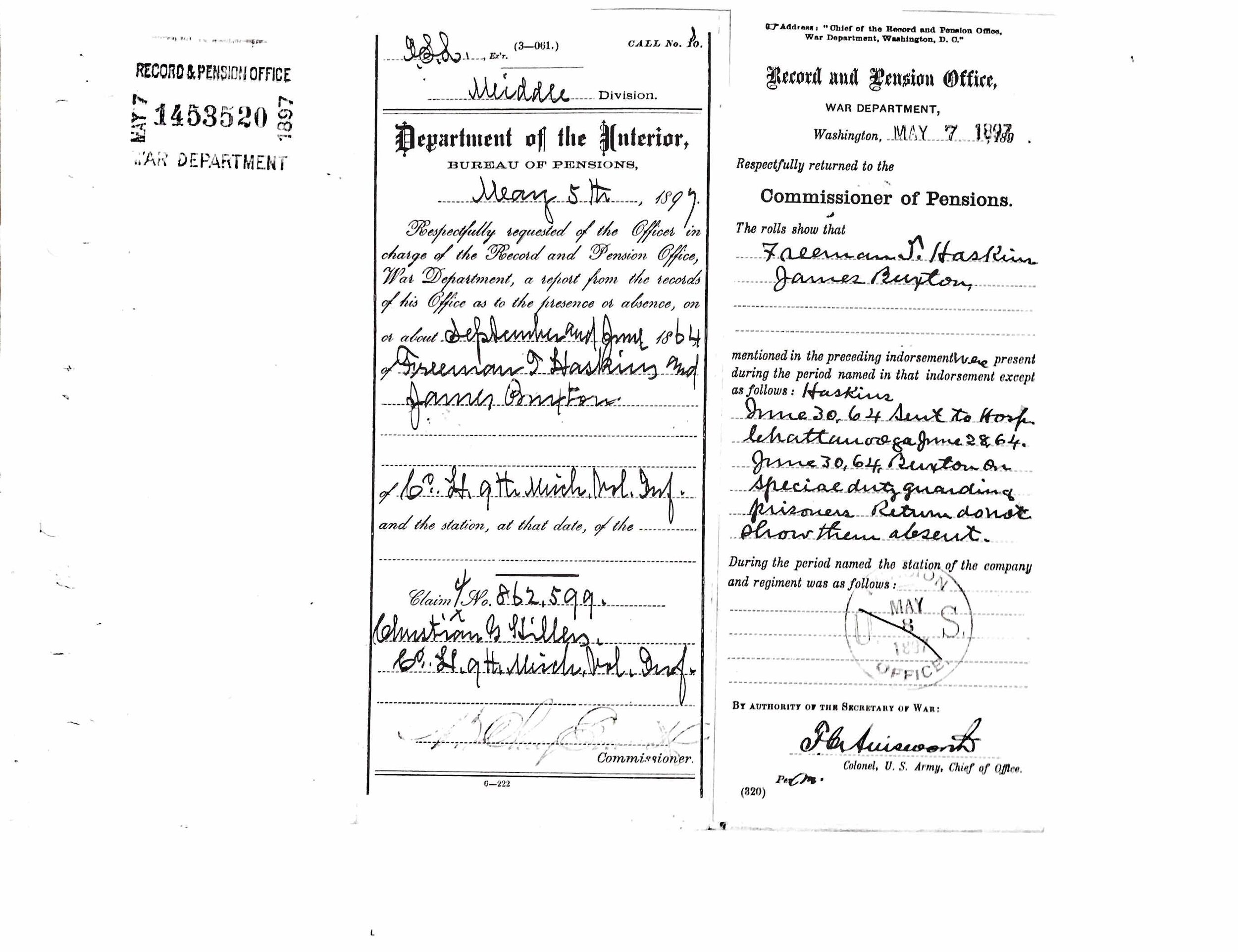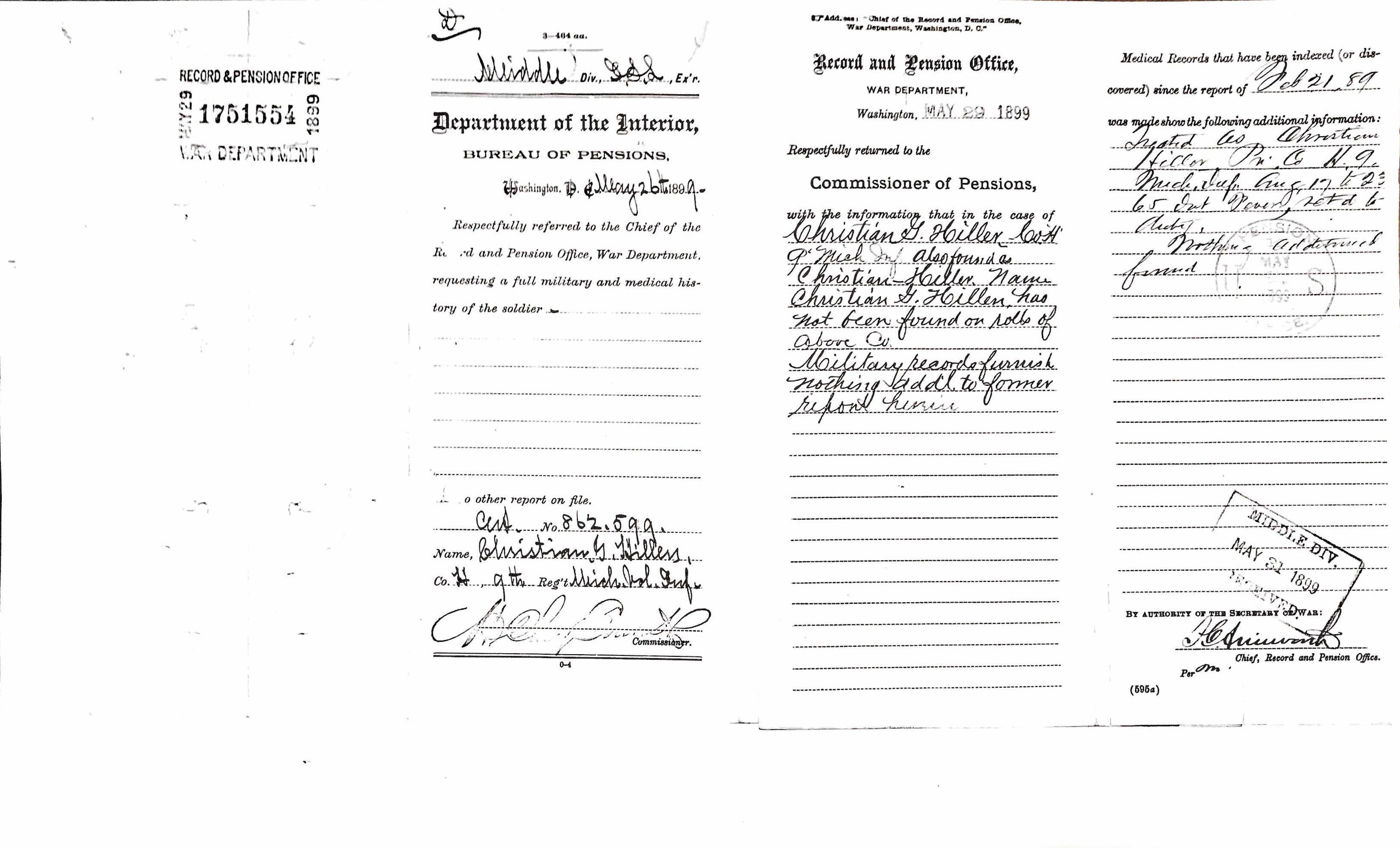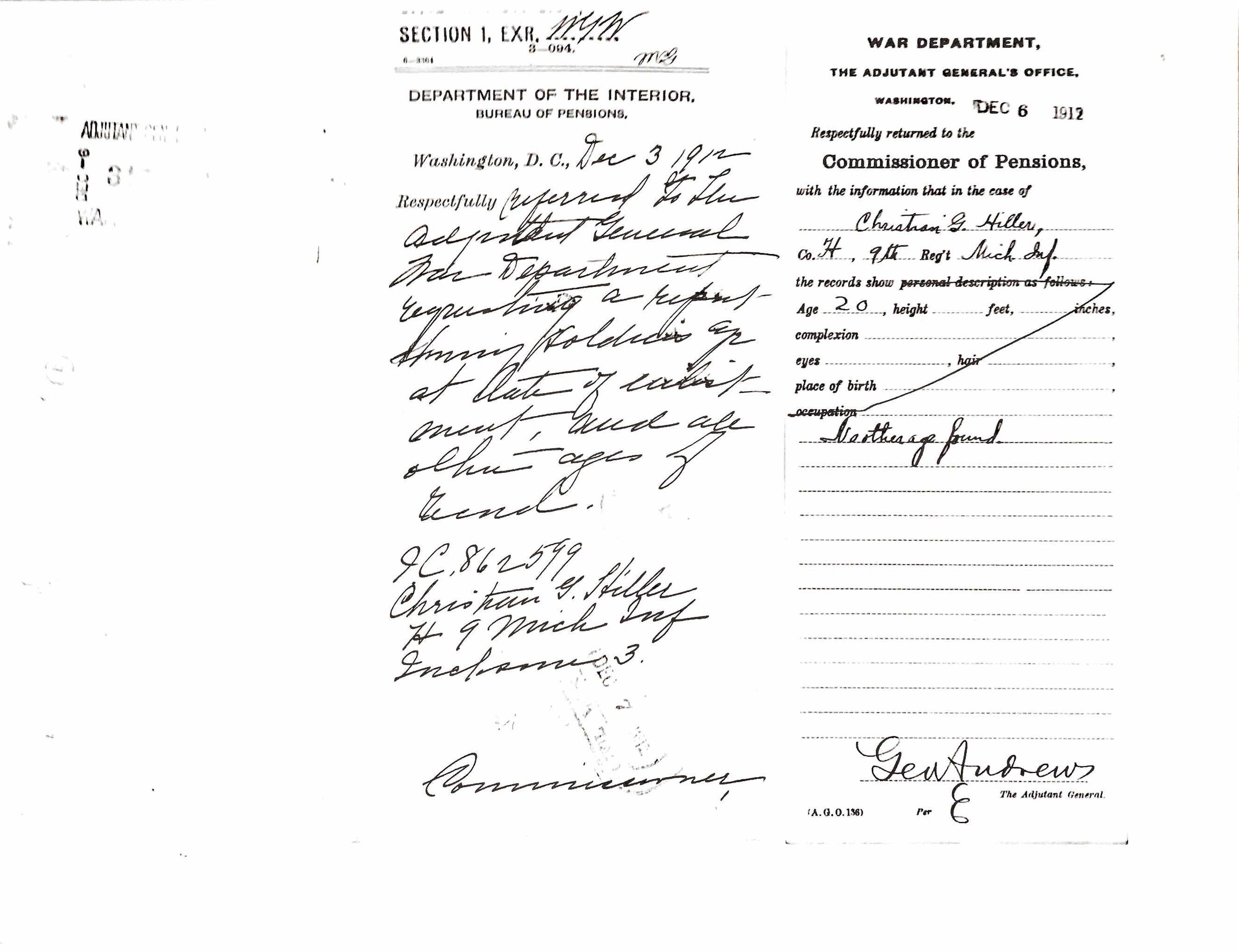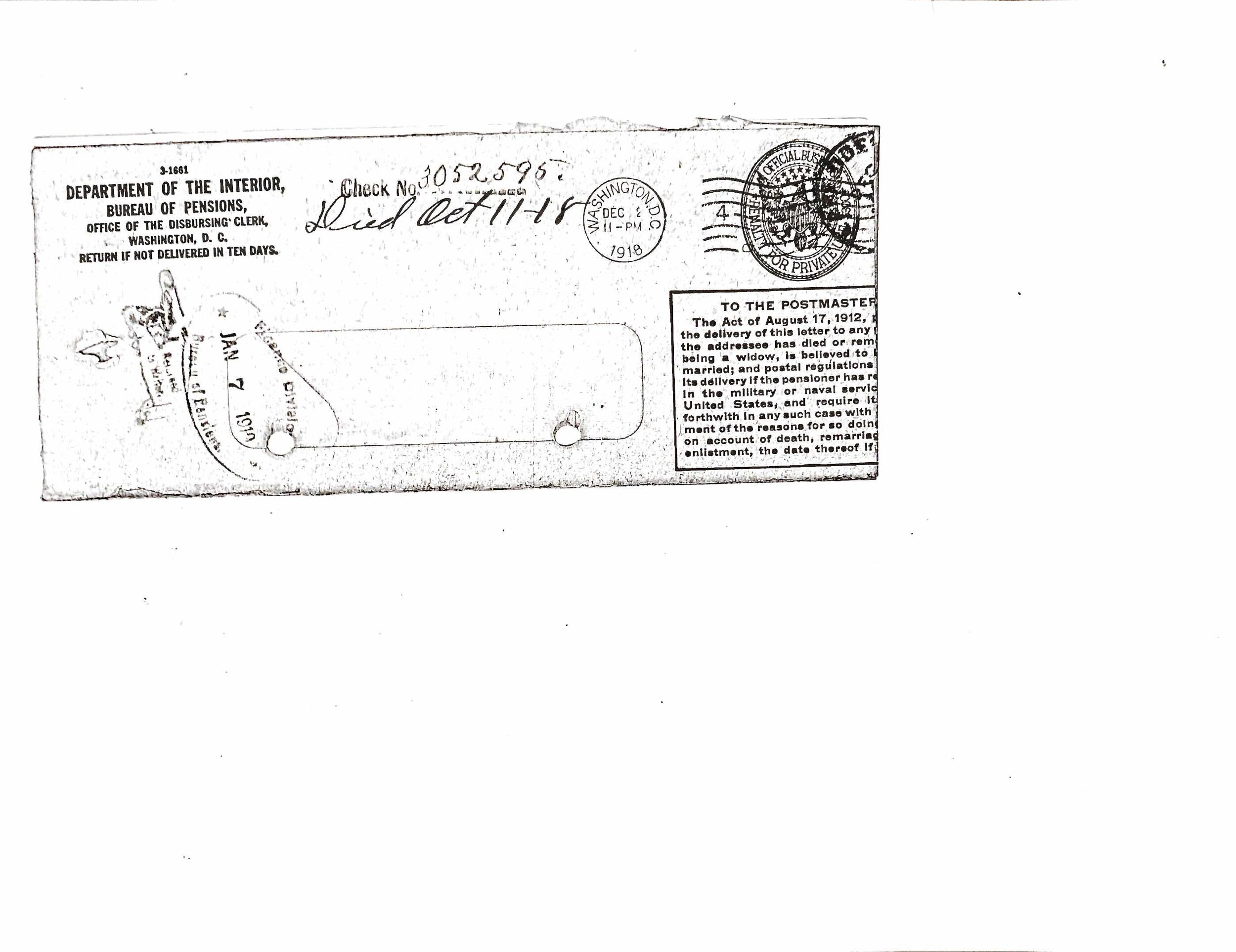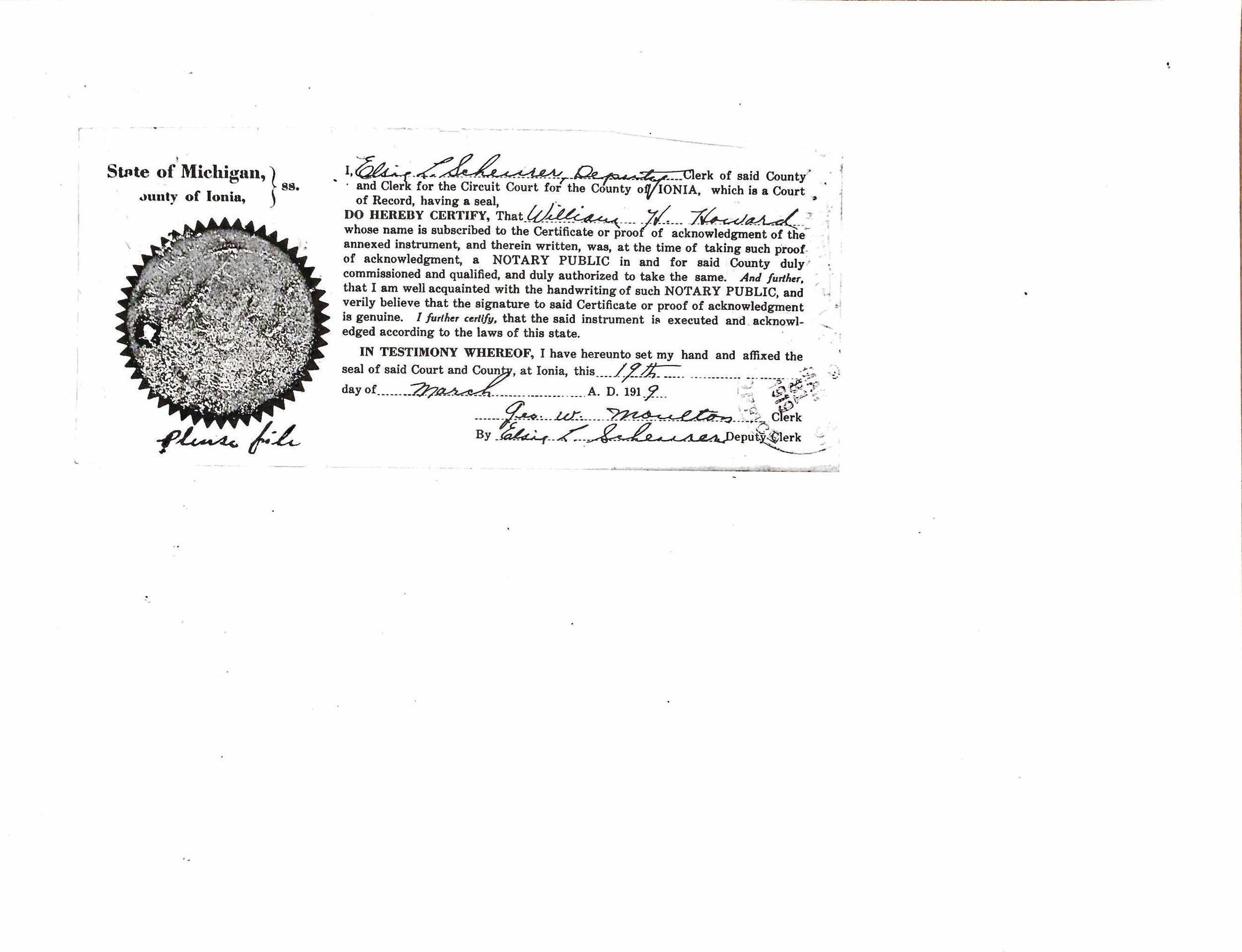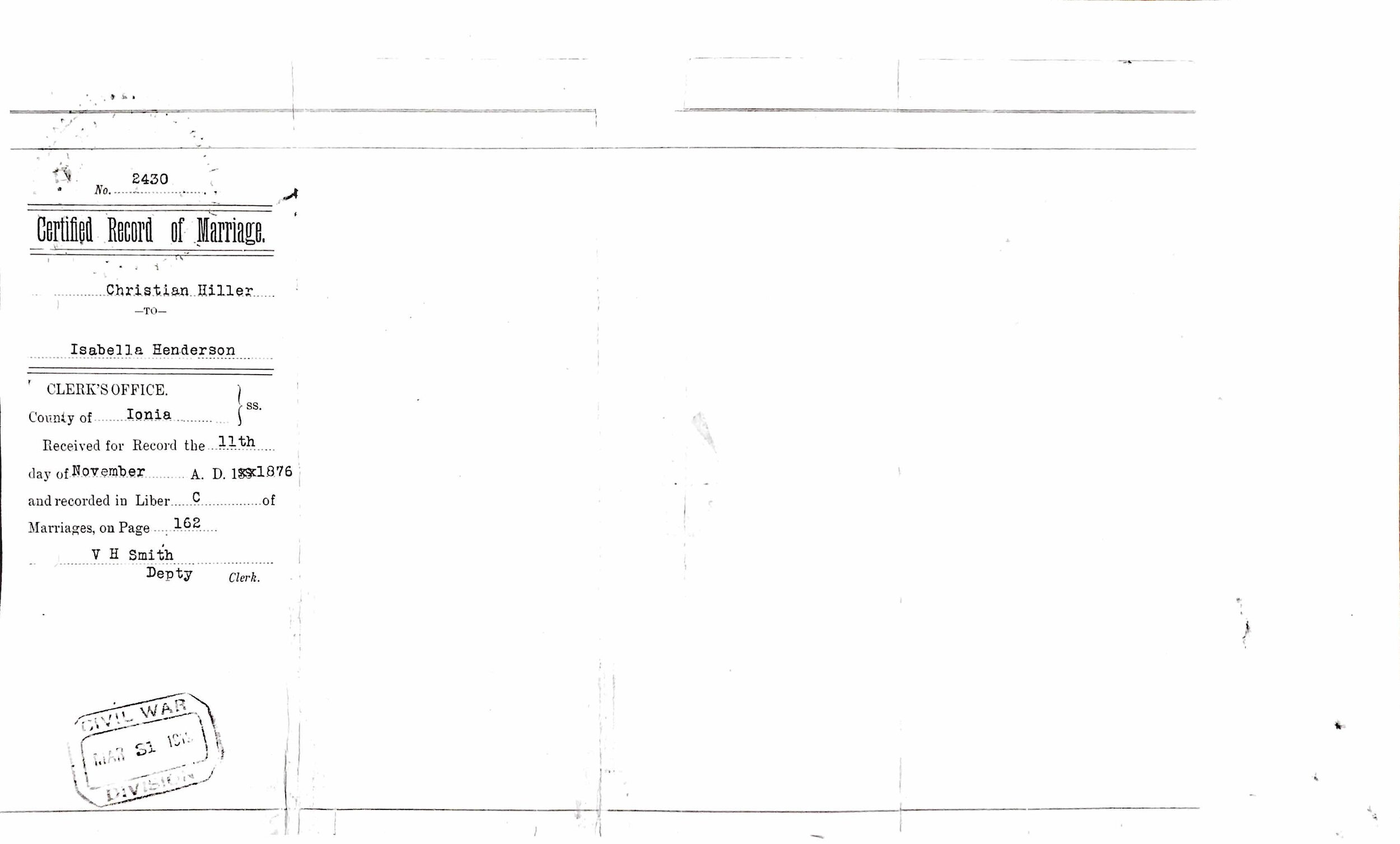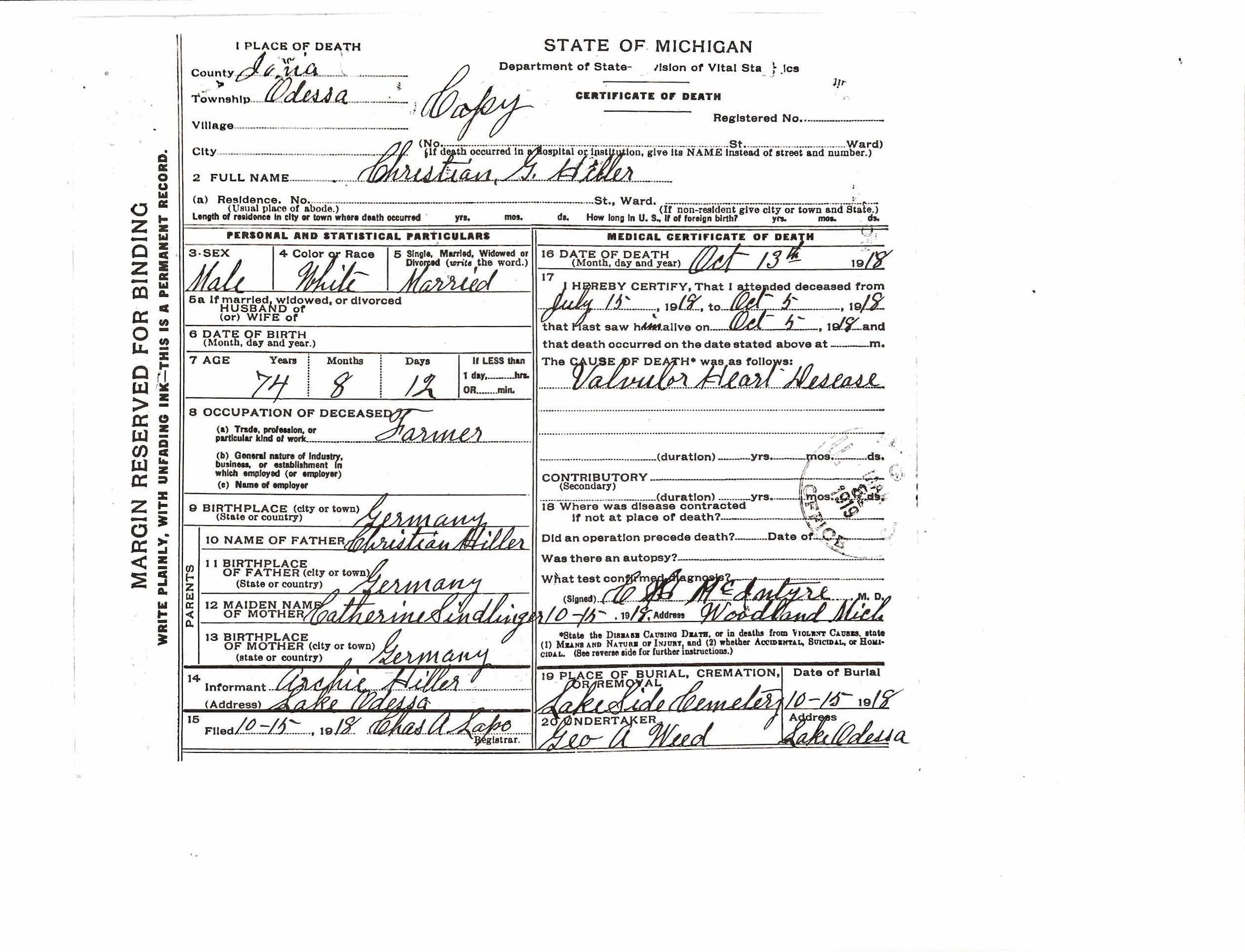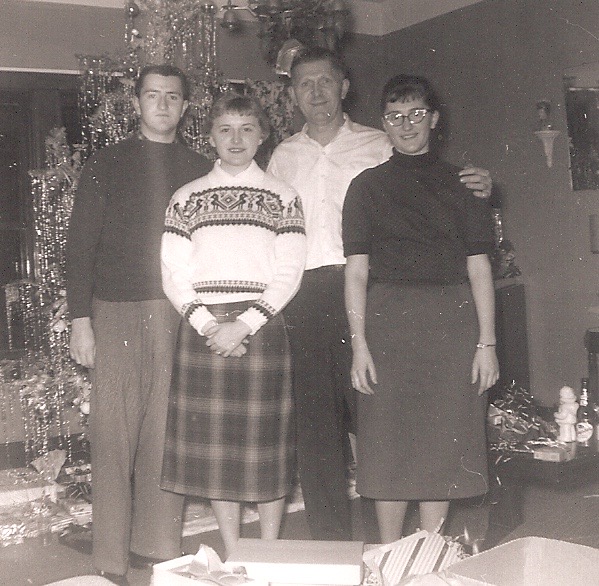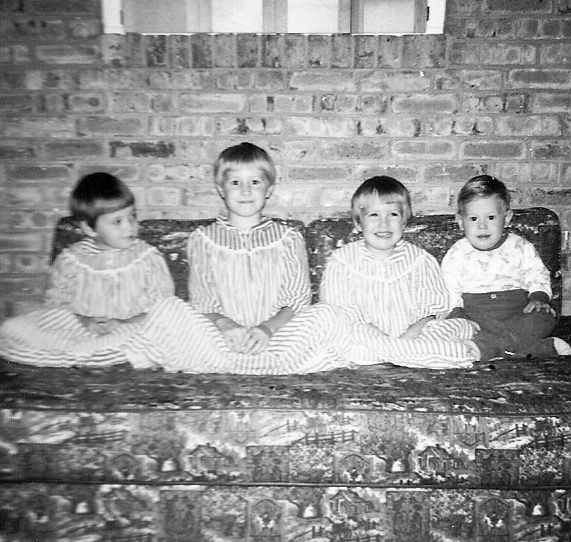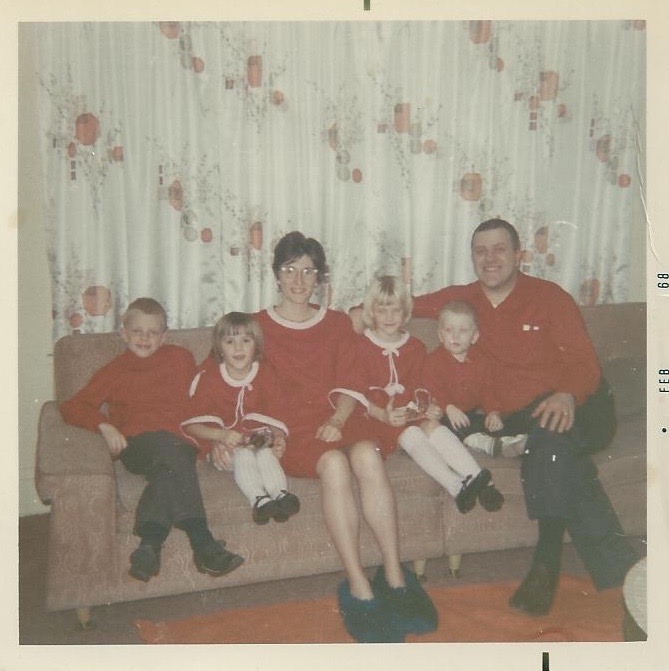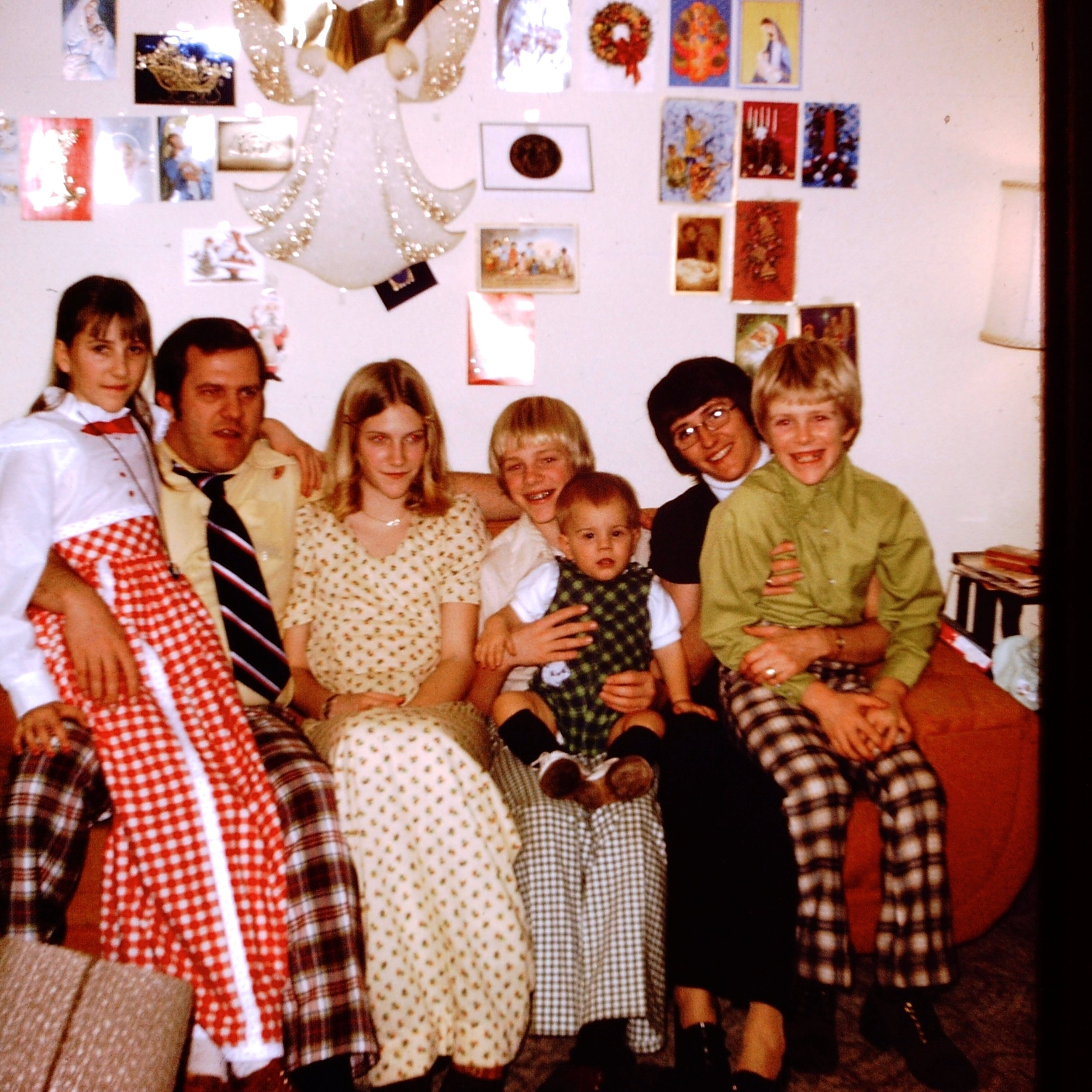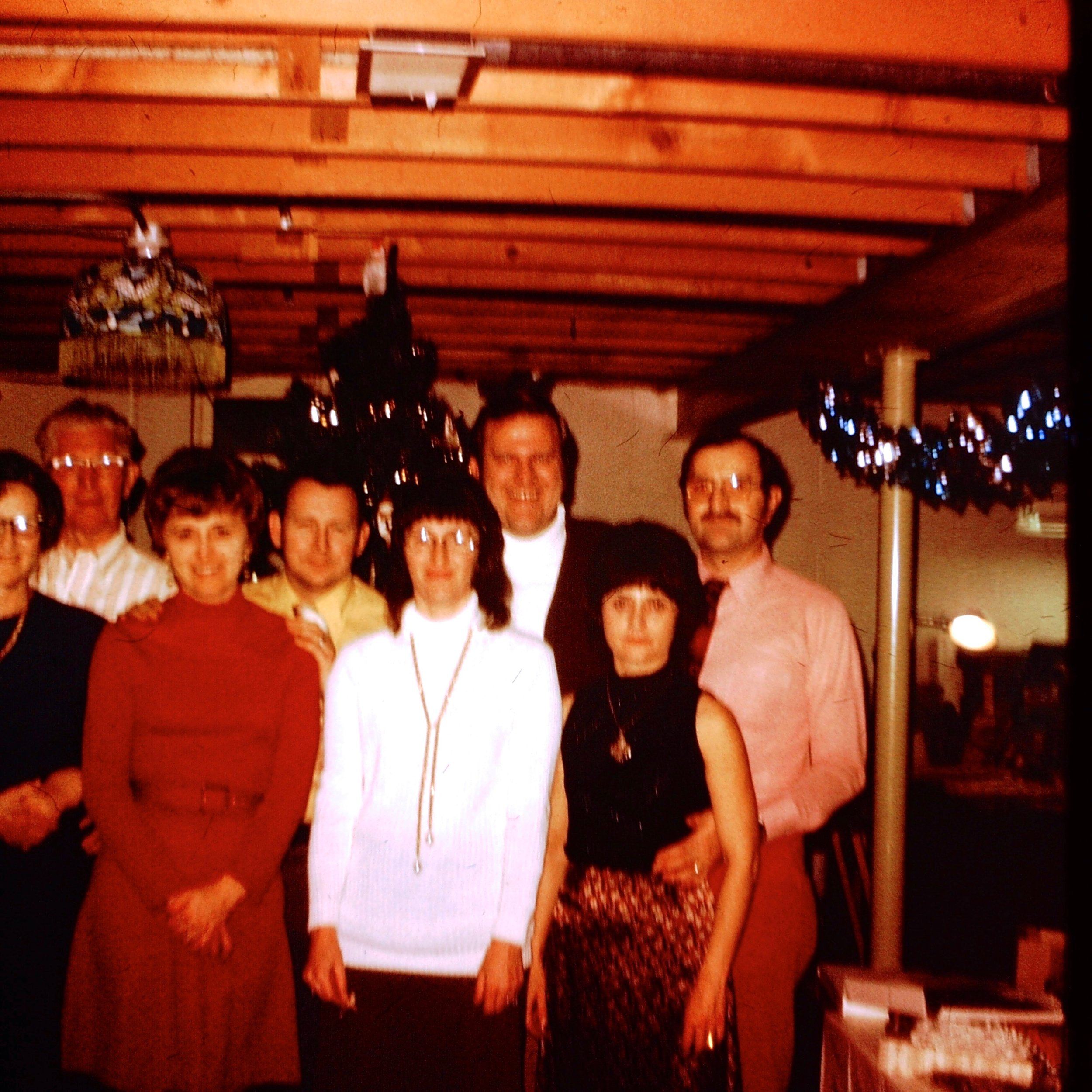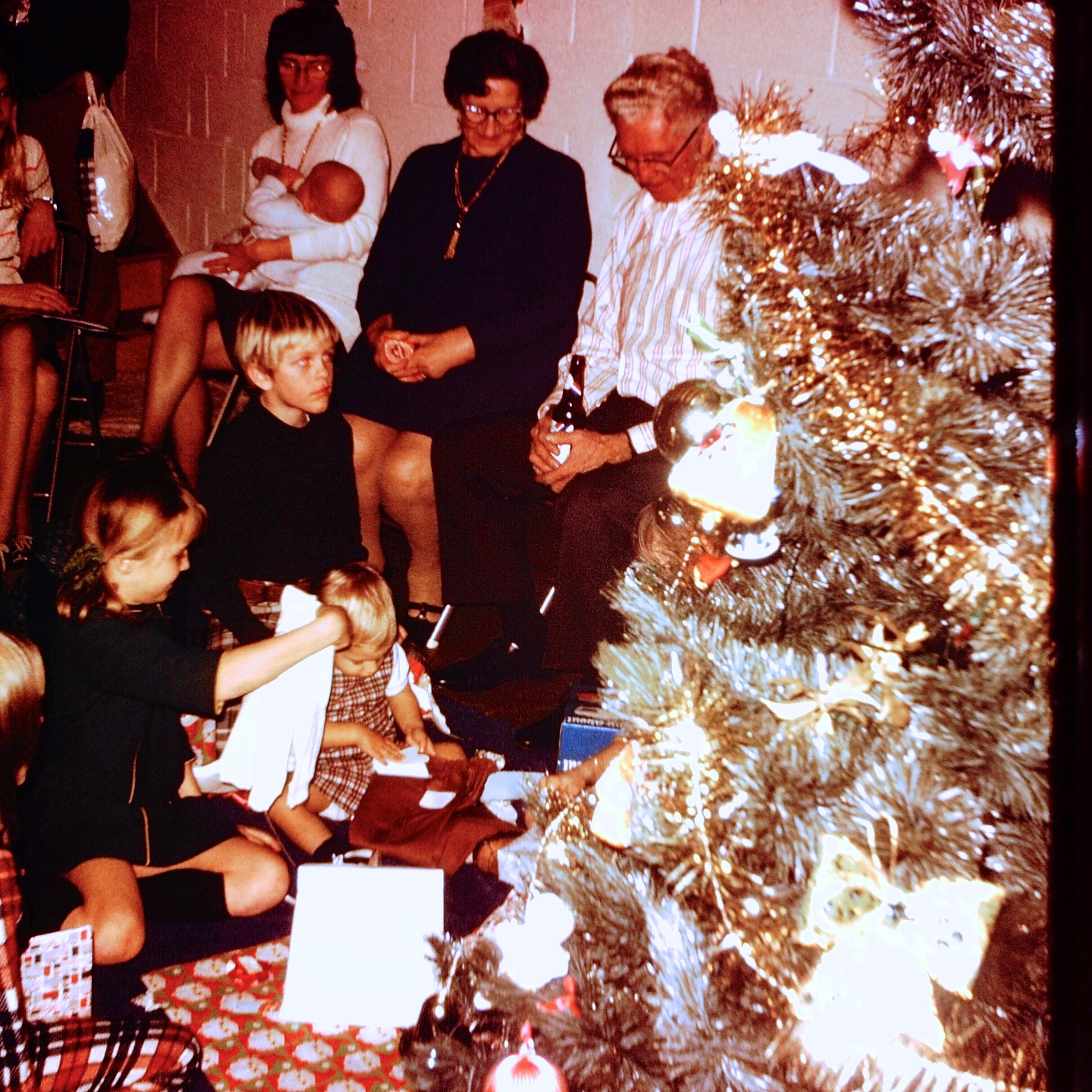This brings us to June 5, 1875. Mr. Pound was none the wiser when he accepted a fishing invitation from John Fuller, Melvin Fuller and John Watson. How much John Watson was involved with the planning of the murder is unknown but he certainly was the only man there that day with a conscience. His knowledge of the deed became a heavy burden on his mind and on June 23 he went to Grand Haven and turned himself in to the prosecuting attorney. Here is John Watson's testimony at the inquest on July 20, 1875 describing the events of that fateful day:
"My age is 41 years. Live in the town of Holland. Was acquainted with Wilson Pound; also with John H. and Melvin C. Fuller. I saw the parties named on Saturday, June 5th last. On that day John Fuller told me he wanted I should hitch up his horse team and go fishing with him. I told him I would. It was about 9:00 a.m., says he, you drive up to that little road that goes to where Mr. Pound lives and stop there and I will go and get Mr. Pound to come and go fishing with us; I have seen him and he says he will go with us. I drove up to that little road and waited for Mr. Pound. It was before train time coming south, about 9 o'clock in the morning. Then he came back where I was to the wagon. He says, Mr. Pound will be here in a few minutes; then you and Mr. Pound go down to Pine Creek bay. He says I've got to go to Holland on the handcar with the railroad men to see about getting some damage for the cow they had injured on the track (author's note: this is a recent incident and not related to the 1871 case); then I'll come and meet you at Pine Creek, you and Mr. Pound and Melvin Fuller. Melvin, he told me, was going to get a boat and meet us at Pine Cree bay. Pound and I started for Fuller's with the horses and wagon. I had some fish lines in my pocket. After we got to the west side of Pine Creek bay, we went near to the dock and hitched the horses. Myself and Mr. Pound met him there. He was down on the dock. Mr. Pound asked him if he had a boat; he said he had. Mr. Pound got some fish lines out of his pocket and went fishing on the dock for small fish, same as I did. It was near noon when we got there. Old Fuller got there an hour after we did. Melvin Fuller asked Mr. Pound if he didn't want to go out fishing in the boat. Pound said he didn't care if he did, Melvin and Pound went in the boat. I did not see as they took anything out of the wagon before they went out this time. The old man was on the dock fishing with me while they were gone. Then Melvin Fuller and Pound came back; they were gone probably from half an hour to an hour. We stayed on the dock a little while. When they went out the second time they took that axe and spear and a handle to it. I saw the gun lay on the woodpile afterwards. In a little while they all went out together in the boat fishing. Fuller and I talked about our fishing on the dock. he said he had no luck. Old man Fuller asked me to go with them and Melvin said, you have better come along. I said "no" there is enough for that little boat. Old man Fuller put the axe in the boat. John H. Fuller, Mr. Pound and Melvin C. Fuller got into the boat and went off, they went up towards Pine Creek, up the bay. From where I sat the boat passed up the bay till they got behind some grass and got out of my sight. I think they were gone a little over an hour, when they got back, it was most dark. When I saw them coming back, I saw there were two men in it, they kind of halted and stood up in the boat. When they got back where I was, by the dock, I said "Where is Pound?" The old man and the young man too, said "they had got him right where they wanted him". The old man said so, and the young man said "we have". The old man spoke and said "there is one thing I'll tell you, if you ever speak about it or lisp it I will shoot you" and Melvin Fuller says "yes, I will". They made me promise I wouldn't tell of it because they would shoot me. Now, says the young man "Father I'll start for home on the lake shore, to screen my shoulders, so that I can be a witness for you". That was the last I saw of Melvin Fuller. I recollect they also said "we've got him where we want him, we guess he won't appear as a witness against us at Grand Haven at trial. If I've got to go to Jackson, I may as well go for an old sheep as a lamb". I took the axe out of the boat and throwed it into the wagon and took it home. When we got started, the old man Fuller said, "he never would appear to him again because he had him well staked down in the mud". Then I asked him where he put him. He told me. "near the mouth of Pine Creek in the mud and grass. I staked him down good and pulled some mud and grass on the stake". I said "that is a serious thing for any man to do". Yes, he said, "but I had to do it or go to Jackson". Then he told me again, that they would shoot me just as quick as they could see me if I ever said a word about it. I asked "did you get anything?" He said "I got enough to pay the expenses" or "pay me for my troubles". Last Saturday Melvin Fuller threatened to shoot me again. He said, "Don't you never open your mouth, nor speak about it, nor lisp it, if you do I'll shoot you and I've got the tools right here" and he pulled a pistol out of his pocket. Some time after the accident he told me he had borrowed that gun of George Adams to shoot Pound with because he came eaves dropping around his house nights. Now said he, I didn't shoot Pound. I've got it well loaded for to shoot you if you ever open your head about it. I asked what did you do with what was on him. He said, we chucked 'em in the mud. He did not tell me how they killed him."
Eventually, by autumn of the same year, John Fuller changed his plea to guilty. It's worth mentioning here that both Fullers were denied bail at the inquest and had been jailed up until now. Compare his statement from October 26, 1875 to that of John Watson above:
"My name is John H. Fuller; I am the man who was charged, with my son, Melvin C. Fuller, with the murder of Wilson Pound on the 5th of last June. I wash to make a statement of my connection with the murder. Previous to the 5th of June there had no plans been made for his disposal; but he was unpopular in our vicinity and the neighbors often talked about wishing him out of the way. I remember hearing Watson and a man named Van Dusen talk about Pound; they thought it would be better for the neighborhood if he was knocked over; they thought he was a bad man.
On the morning of June 5th we calculated to go fishing; Watson told me to see Pound and tell him. Watson, Pound, Melvin and myself were going; I was not going with the others in the team but was going from my place to Holland City on the railroad with a gang of section men. I had previously had a cow killed on the track and we were to go and view her body to see about damages and I was to meet the fishing party at the lake. While I was talking with the railroad men on the evening of Friday, the 4th of June, about going to Holland with them next morning, Pound came along and I told him about it; told him Watson would come along with a team and take him to the creek; Van Dusen was with us at this time. On Saturday morning Watson and Pound started for the lake. I started in about half an hour, I should think. I had on the same clothes I now wear.
I went to Holland in the morning and in the afternoon I went from there to Pine Creek, I think I got there about 4 o'clock p.m. There was no one on the dock when I got there but Watson soon made his appearance from a lot of logs south of the dock, where he had been fishing; Melvin was with Kordux's boys at that time, I think. I took a hook and line from Watson and fished some time; he said Pound had gone home because he had no bait. While we were on the dock I saw Pound up the lake on the shore and Watson then said maybe he had not gone home, but was hunting. About that time Melvin came on the dock and we talked about his going to Grand Haven the following week; I told him I was not well and Melvin said I had better go home. He told me to go in the team and he would go on foot. He then started up the lakeshore and was not there again that night; this was about sundown. Soon after Melvin left, Watson said to me "It's a good time to put old Pound in the lake". I did not say anything but we soon got into the boat, Pound got in first, Watson in the middle of the boat and I in the stern. Watson, who had the oars, pulled up the creek towards Pine Bay. After we got nearly to the head of the lake, Watson dropped the oars, took and axe, which was in the boat and struck Pound on the head two or three times. The first blow knocked him down I think and he fell over the side of the boat with part of his body in the water. Watson then clinched him, drew him back into the boat and began to strip off his clothes; said he would keep the clothes in the boat and duck the body in the marsh.
I was so frightened by what had been done that I could hardly stand but Watson said if I did not help he would kill me also. Watson took all the money and papers that were in Pound's clothes and put them in his own pocket. We dumped the body out and then went ashore and built a fire. I told Watson that the body would float unless it was fastened down and we cut a stake and went back to where it was and drove it over one of the legs; that did not seem to keep it down so Watson took a knife and cut it so as to let the wind out; we then stuck the clothing in the mud at different points and went ashore. Soon after this we went home.
The next Monday Watson said we had better go down and see if the body was all right so I got a boat from a man name (unreadable) and we went. During all that time we were in the boat, Melvin was not with us; he had gone to Cottrell's and did not get home till Sunday evening. I never told him anything about the murder, or that I had a hand in it, until yesterday".
There you have it, Watson's word against Fuller's word. Either way, in both versions, Fuller had complete knowledge of the crime and had the motive to kill Mr. Pound. I believe he, along with his son, murdered Mr. Pound. By confessing his part in the crime, Mr. Fuller was able to make a statement, enabling him to testify on behalf of his son, incriminate himself and attempt to clear his son while implicating others. On October 29th, the jurors reached a verdict on Melvin Fuller-Not Guilty- while his father was sentenced to life imprisonment "and forthwith taken to Jackson by Sheriff Woltman (2)". Melvin Fuller "went forth a free but branded man".(3)
The following are editorial remarks from The Holland City News, November 6, 1975.
The excitement connected with the trial of the Fullers has greatly subsided here and given way to a general feeling of disappointment and contempt with the verdict of the jury acquitting Melvin C. Fuller. It is in fact expecting too much of this or any other community that they would sacrifice their firm belief based upon tolerably accurate knowledge of all the circumstances and incidents connected with this atrocious murder, for the intelligence and joint opinion of a set of men, who in spite of the general and widespread information which in our days is given to a crime like the murder of Pound, had not heard sufficiently about it to be disqualified. The liberality with which these men were allowed to roam amongst a public where men of influence were very freely in the expression of their individual opinions of innocence, even in the presence of those sworn to be influenced by nothing else except the law and the evidence is a matter which could stand some explanation.
The result leaves the authorities and "The People" in a dilemma as to what course to pursue with their man Watson. According to the theory upon which the verdict of the jury must have been based, as set forth by the old man Fuller-while on the witness stand and not since-the former must be equally guilty with him. This theory cannot be accepted by the prosecution unless they intend to acknowledge the correctness of the verdict and the error of their position during the entire proceedings against the acquitted. This they cannot and should not do; neither do we believe that the public demand or expect this. The extent however of Watson's connection with the planning of the murder can be ascertained somewhat from his own statement. Whether the prosecution are possessed of any other proof outside of that volunteered by the Fullers, we do not know.
The "not guilty" Melvin is still in custody and held to answer the charge of breaking up the railroad track. But in this connection it should be remembered that the main witness, Wilson Pound, has been disposed of (a fact which we are still left at liberty to believe thanks to an oversight in the verdict of the jury) and upon whose evidence the prosecution relied mainly for conviction.
On the whole it is a very unsatisfactory state of affairs, indeed.




































